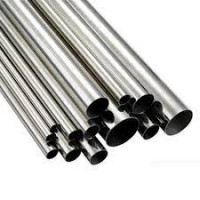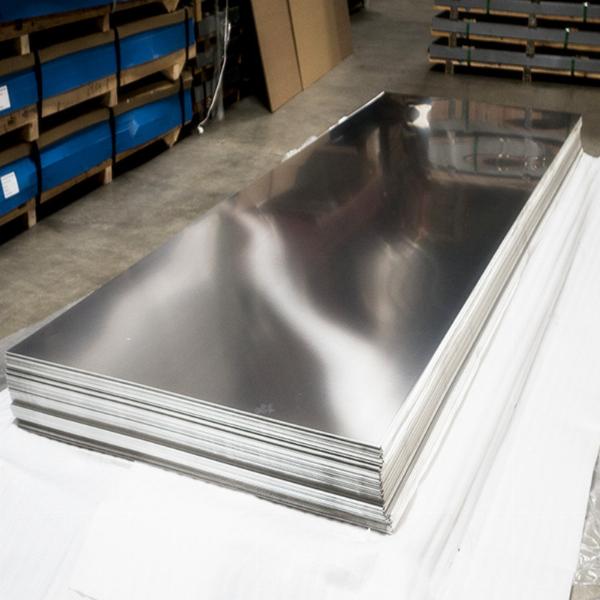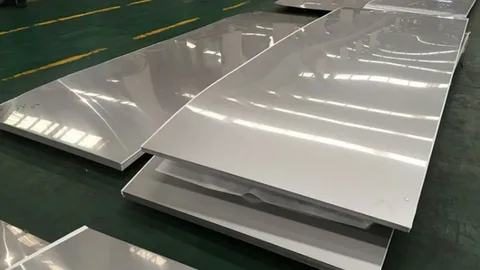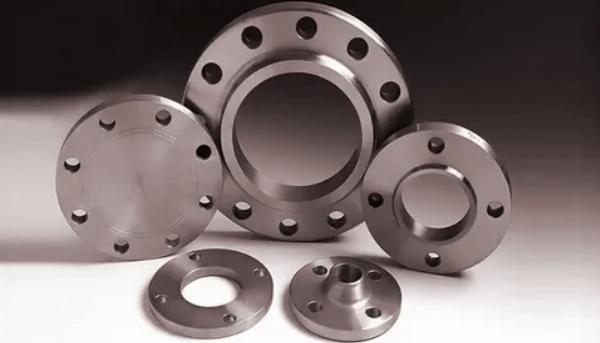TYPES OF GASKETS IN PIPING SYSTEMS
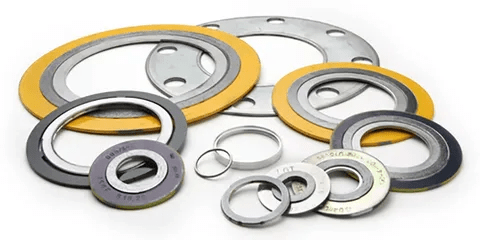
Strong 8k brings an ultra-HD IPTV experience to your living room and your pocket.
TYPES OF GASKETS IN PIPING
1. FLAT GASKETS:
Flat gaskets are uncomplicated, planar sheets fabricated from materials such as rubber, cork, or paper. They find extensive use in applications characterized by low pressure, where the sealing surfaces are smooth and level. These gaskets are prevalent in domestic plumbing, automotive engines, and electrical housings.
2. SPIRAL WOUND GASKETS:
Constructed by helically winding a metal strip and a filler material (e.g., graphite or PTFE), spiral wound Different types of gaskets offer resilience and robustness. This design renders them apt for applications subjected to high pressure and temperature, including pipelines, heat exchangers, and boilers.
3. RING JOINT GASKETS:
These metallic gaskets, featuring an octagonal or oval cross-section, are designed for high-pressure environments such as oil and gas pipelines, delivering superior sealing efficacy under rigorous conditions. Optimal performance necessitates precise machining of the flange surfaces.
4. RUBBER GASKETS:
Fabricated from neoprene, silicone, or EPDM, rubber gaskets are celebrated for their adaptability and durability. Their application spans the automotive, aerospace, and HVAC industries, providing effective sealing against water, air, and various fluids.
5. METAL GASKETS:
Constructed from stainless steel, copper, or aluminum, metal gaskets are distinguished by their exceptional resistance to extreme temperatures and pressures, making them suitable for use in scenarios where alternative gaskets might fail, such as in chemical processing, power generation, and aerospace applications.
6. ELASTOMERIC GASKETS:
Elastomeric gaskets meld the pliability of rubber with the sturdiness of metal, comprising layers of rubber and metal to ensure supreme sealing performance in challenging conditions. These gaskets are employed in situations requiring both flexibility and resilience, including automotive engines, refrigeration systems, and hydraulic apparatus.
7. CAMPROFILE GASKETS:
Featuring a serrated metal core with a layer of non-metallic sealing material (e.g., graphite or PTFE), cam profile gaskets excel in environments with varying temperatures and pressures due to their superior compression and recovery characteristics. They are typically used in heat exchangers, flanged joints, and pressure vessels.
8. CORK GASKETS:
Cork gaskets, produced from compressed cork, are noted for their natural flexibility and resilience. They are particularly valued in scenarios necessitating resistance to oils, gasoline, and other fluids, such as in automotive engines, transmission systems, and fuel pumps, thanks to their excellent sealing capabilities and resistance to vibration and temperature variations.
9. GRAPHITE GASKETS:
Comprising layers of graphite sheets or foil with metal inserts, graphite gaskets are resistant to extreme temperatures, chemicals, and pressures, making them ideal for use in the petrochemical, refining, and power generation industries. They ensure reliable sealing in flange connections, valves, and pumps, where maintaining a tight seal is critical for operational efficiency and safety.
10. PTFE GASKETS:
Known also as Teflon gaskets, PTFE gaskets are lauded for their outstanding chemical resistance, low friction, and non-adhesive qualities. Their use is widespread in industries dealing with corrosive chemicals, pharmaceuticals, and food processing, where preventing contamination and ensuring product purity are crucial. These gaskets deliver unparalleled sealing in aggressive conditions, including exposure to acids, solvents, and elevated temperatures, guaranteeing leak-proof operation and maintaining product integrity.
CONCLUSION:
Gaskets are indispensable for preserving the integrity and efficiency of various mechanical assemblies across numerous sectors. A comprehensive understanding of the various types of gaskets and their specific applications is critical for selecting the appropriate gasket to meet particular sealing needs. Whether it involves sealing a straightforward pipe joint or managing high-pressure fluids in intricate industrial operations, the choice of the correct gasket is pivotal in ensuring safety, reliability, and performance.
Note: IndiBlogHub features both user-submitted and editorial content. We do not verify third-party contributions. Read our Disclaimer and Privacy Policyfor details.

